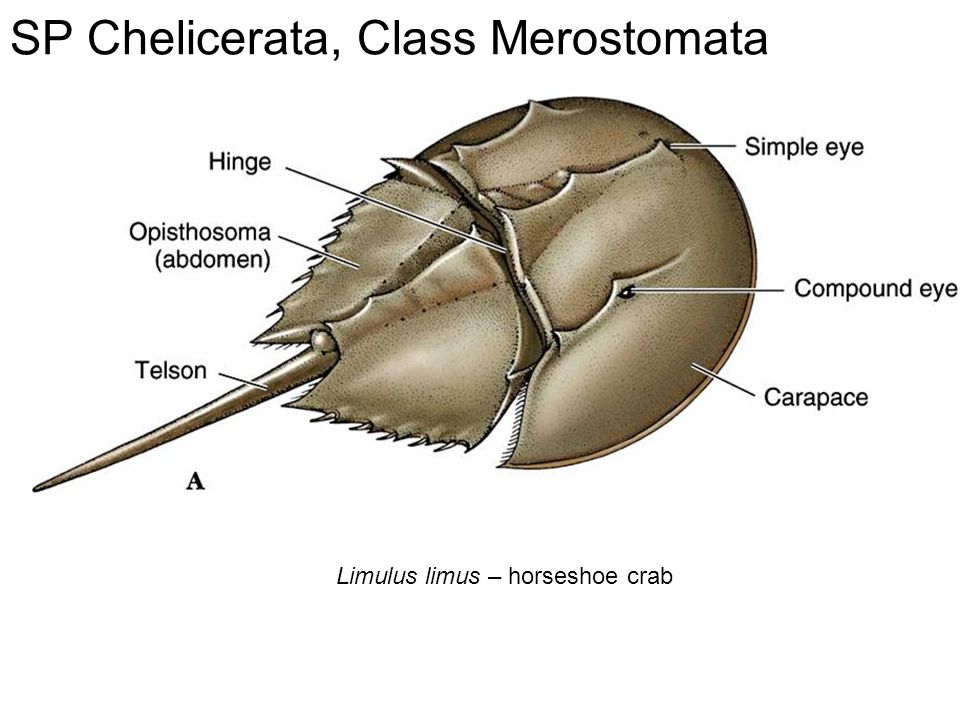What could be basis of classification in Arthropoda?
1 Answer
Phylum Arthropoda is extremely diversified and I would like to tell that the phylum is divided in different subphyla before being divided in classes.
Explanation:
Arthropodans are invertebrate organisms with
1. chitinous exoskeleton,
2. externally segmented body and
3. jointed appendages.
There are several subphyla, but I would mention only two to keep the discussion simpler- subphylum Chelicerata and subphylum Mandibulata.
Subphylum Chelicerata includes arthropodans with body divided in prosoma and opisthosoma. They have a pair of chelicerae before mouth opening and a pair of pedipalpi after mouth opening. Both the appendages vary considerably in shape and size.
Class Merostomata - includes horse shoe crab, a living fossil, respiration is by book gill, prosoma is covered by carapace.
Class Arachnida - includes spider, scorpion, ticks and mites, respiration is by book lung, prosoma has four pair of walking legs.

( )
)
Subphylum Mandibulata includes arthropodans with several paired appendages in head, like antennae, mandibles, maxillae. They either excrete with the help of malpighian tubules, when terrestrial or by green gland, when the members are aquatic.
Class Crustacea - Aquatic, gill breathing organisms, like prawns and crabs, with body divided in cephalothorax and abdomen. Cephalothorax is covered by a hood like exoskeleton. There are two pair of antennae.
Class Insecta - Body divided in head, thorax and abdomen. Thorax is with three segments, two of these may have wings. Each thoracic segment has a pair of legs. Respiratory system is a network of tubular trachae which open outside through spiracles.
Class Chilopoda-
Class Diplopoda-
Class Symphyla-
Class Pauropoda-
SO classification of arthropoda is done on the basis of
1. body plan,
2. number and arrangement of paired appendages,
3. organ of excretion and organ for respiration.

